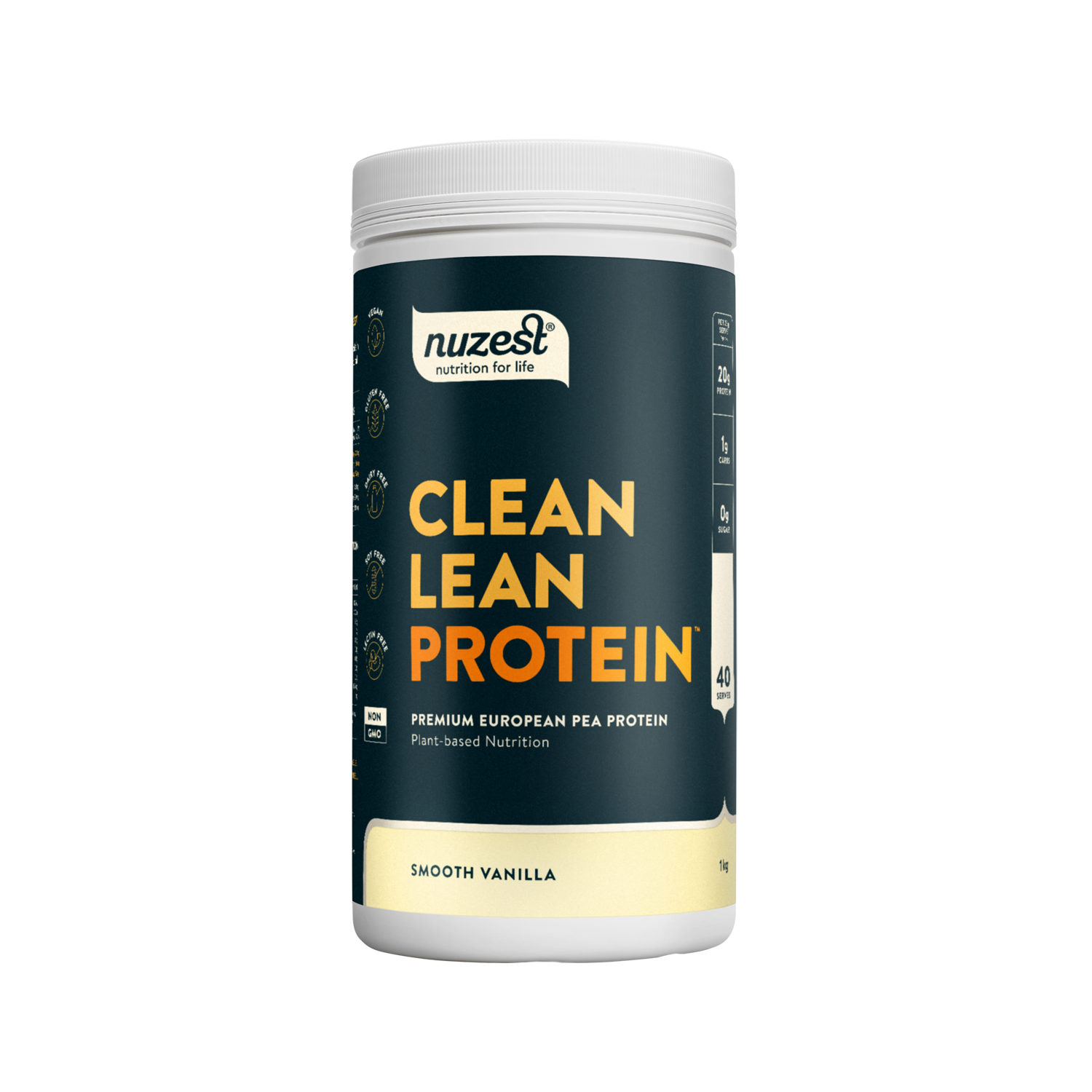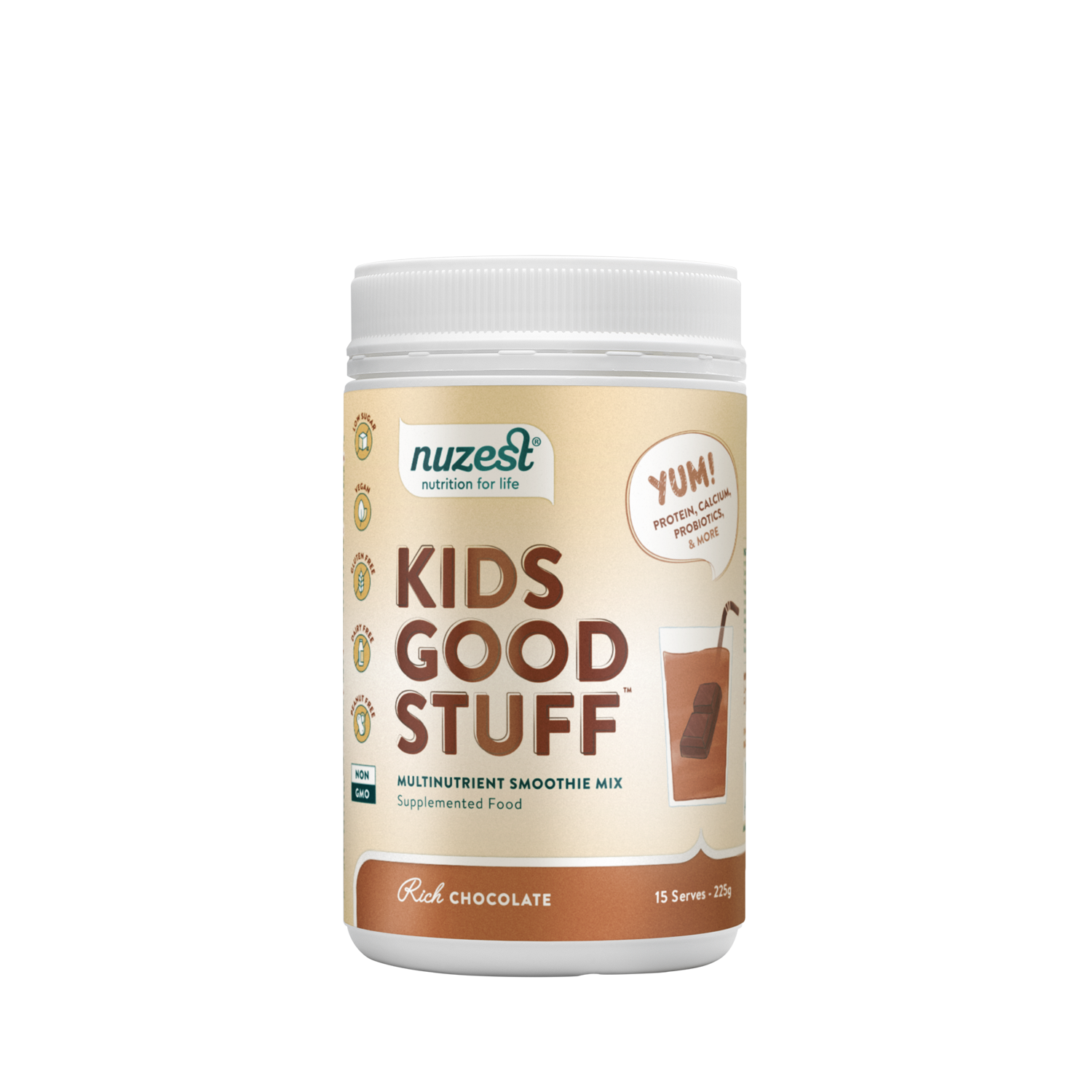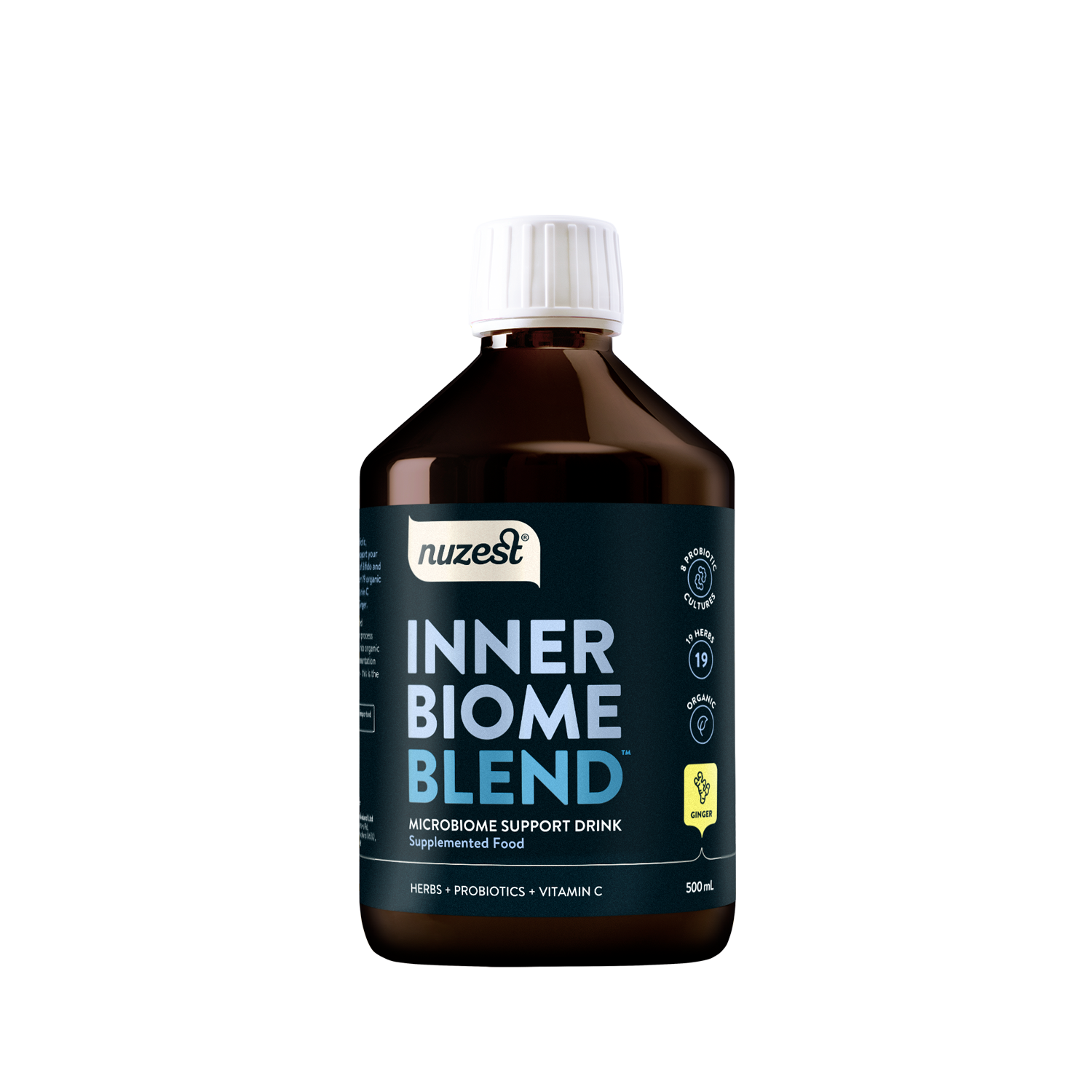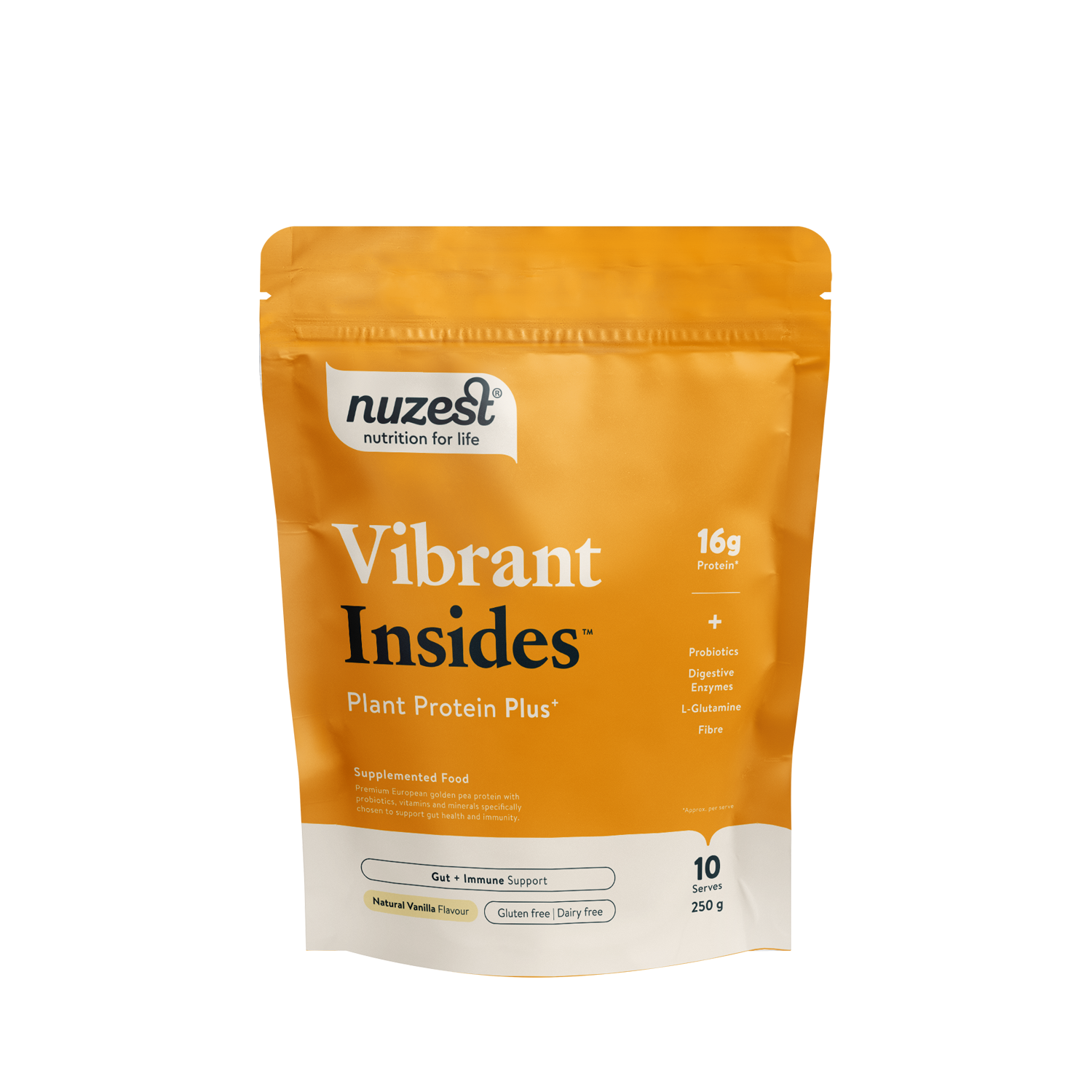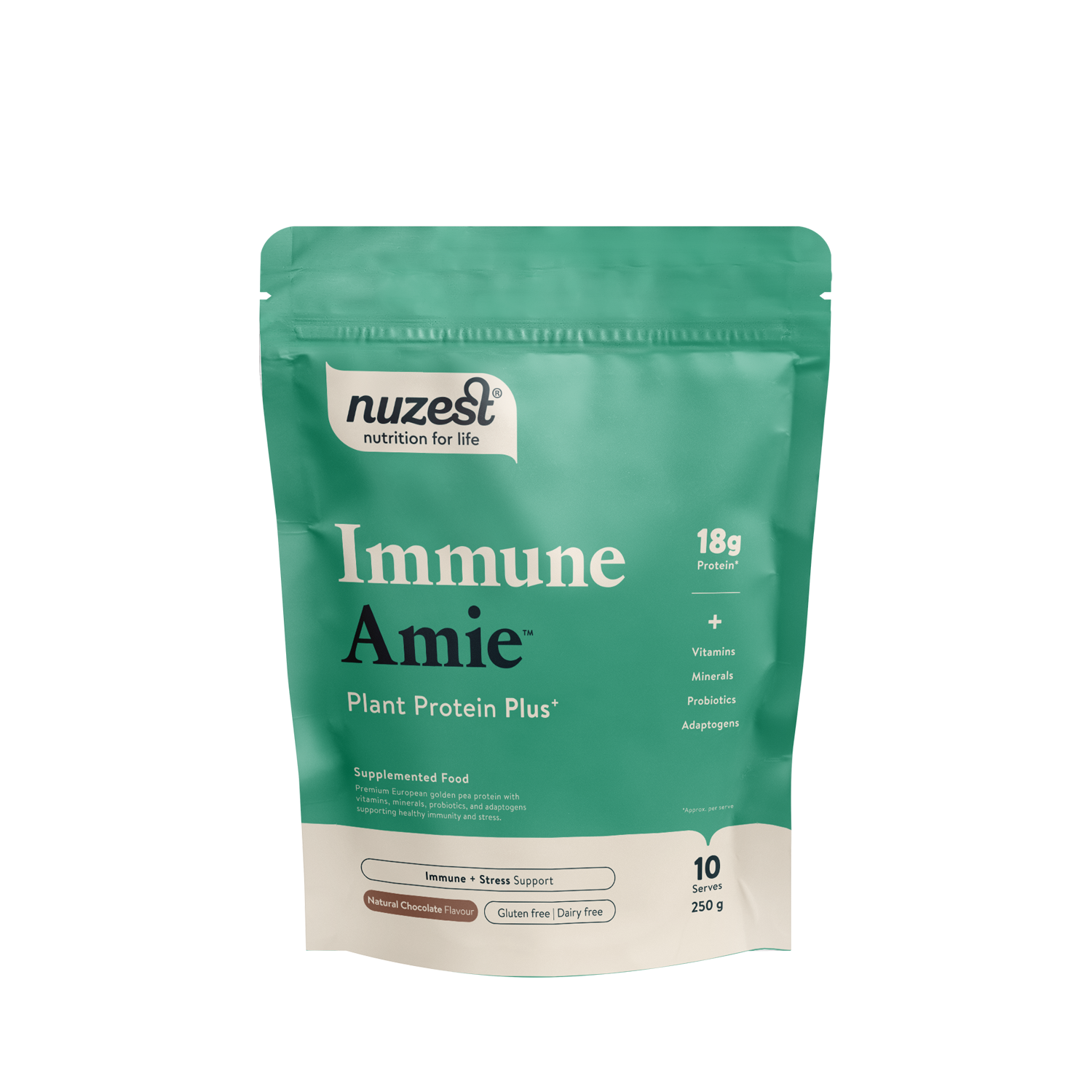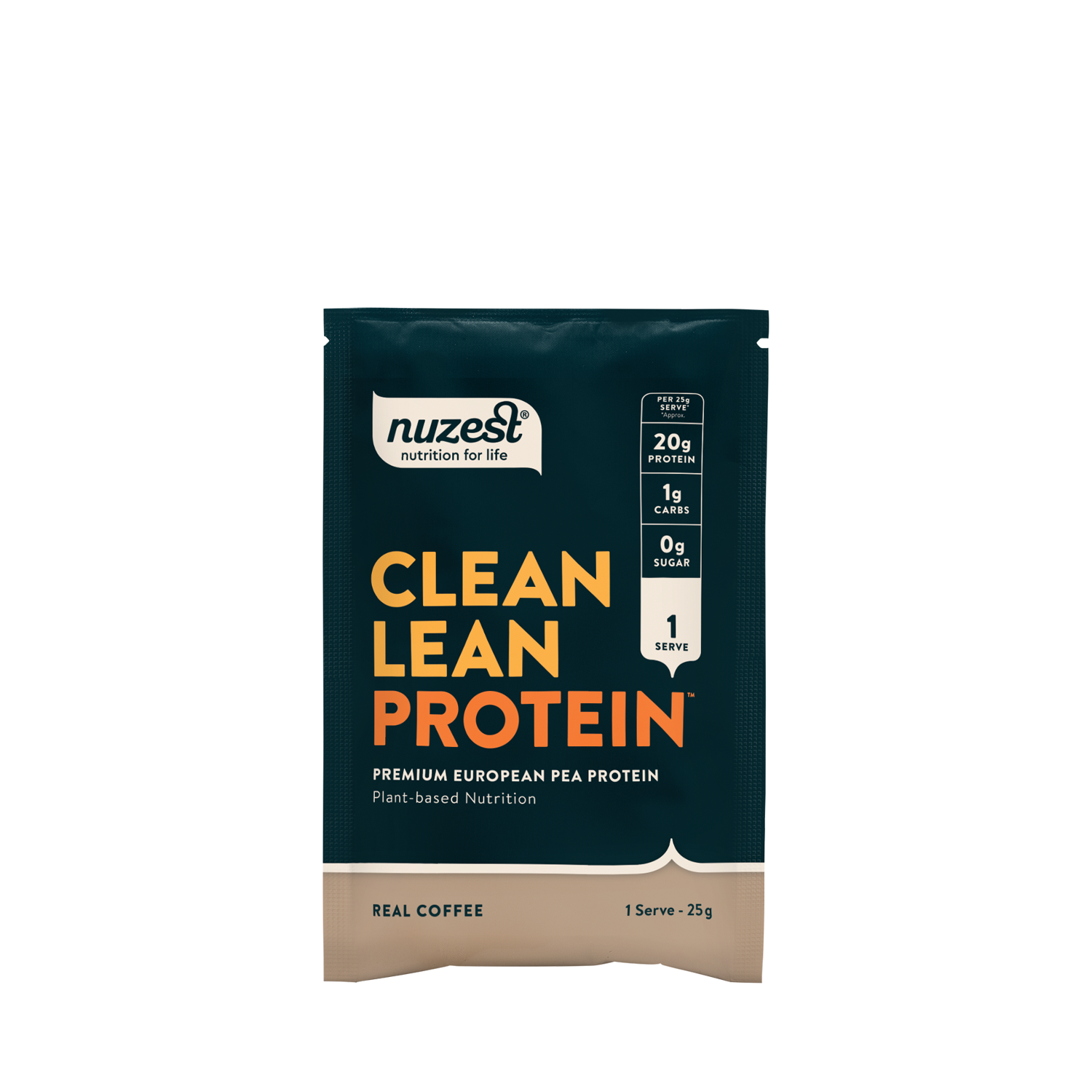Angelica root
Angelica archangelica

Angelica root comes from the Angelica archangelica plant, a member of the Apiaceae family. It is commonly used as a botanical ingredient in herbal preparations.
Products:
Angelica Root for Gut Health
Angelica root has a history of traditional use in supporting gastrointestinal health, including the relief of symptoms such as bloating, indigestion, and constipation. It is believed to stimulate the secretion of digestive enzymes and bile, potentially enhancing digestive efficiency and nutrient absorption. Additionally, its carminative effects may help reduce intestinal gas and promote gastrointestinal comfort.¹
Angelica Root Support for Hormones
Often used to support hormonal balance in women, this herb contains compounds that may help regulate the menstrual cycle, reduce PMS symptoms, and ease menopausal discomfort. By acting as a mild phytoestrogen, it can assist in maintaining hormonal harmony through support of the body’s natural estrogen production. For these reasons, it is considered beneficial for women experiencing hormonal imbalances or related health issues.²
Angelica Root for Blood Circulation
Traditionally used to enhance blood circulation, this herb supports the relaxation of blood vessels and improves overall cardiovascular function. By promoting better blood flow throughout the body, it may increase oxygen and nutrient delivery to cells, which can boost energy levels and overall vitality. Additionally, it is believed to help alleviate symptoms associated with poor circulation, such as cold extremities and numbness.³
Anti-Inflammatory Properties of Angelica Root
The root contains compounds with anti-inflammatory properties that may help reduce inflammation in the body. This effect can be beneficial for managing conditions such as arthritis, muscle pain, or general inflammatory responses. By modulating inflammation, it may support the reduction of discomfort and promote overall joint and tissue health.⁴

